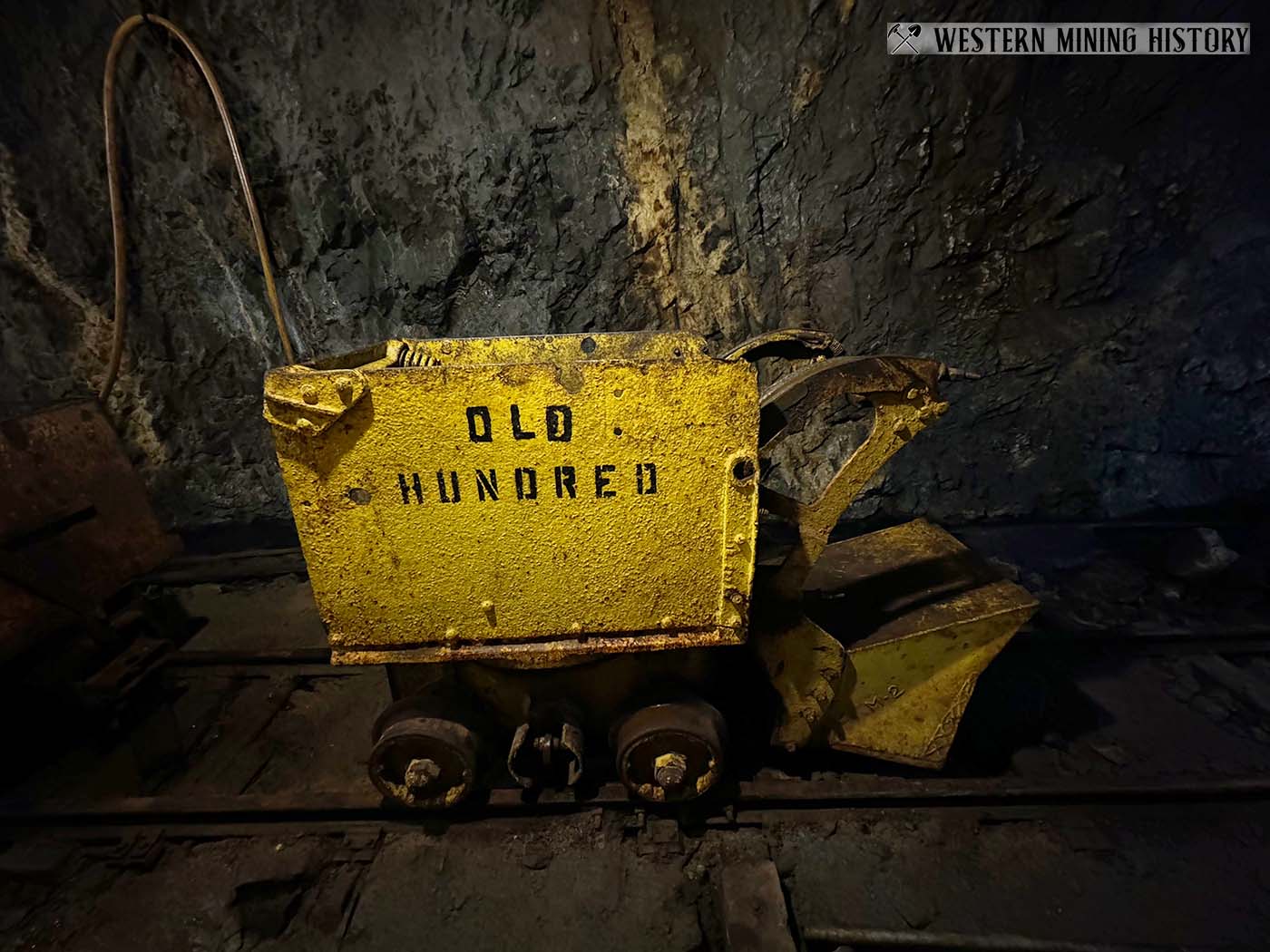The Bachelor Syracuse Mine, originally discovered in 1888, was primarily a silver mine but also produced gold, lead, zinc, copper, and manganese. It remained in operation for nearly a century. Today, the mine is a popular tourist destination.
The tour headquarters is located just north of Ouray, Colorado, with tours starting at the portal of the Syracuse Tunnel. Constructed in the 1920s, this 5,000-foot-long tunnel was designed to intersect the lower workings of the mine, aiding in ore transport and water drainage.
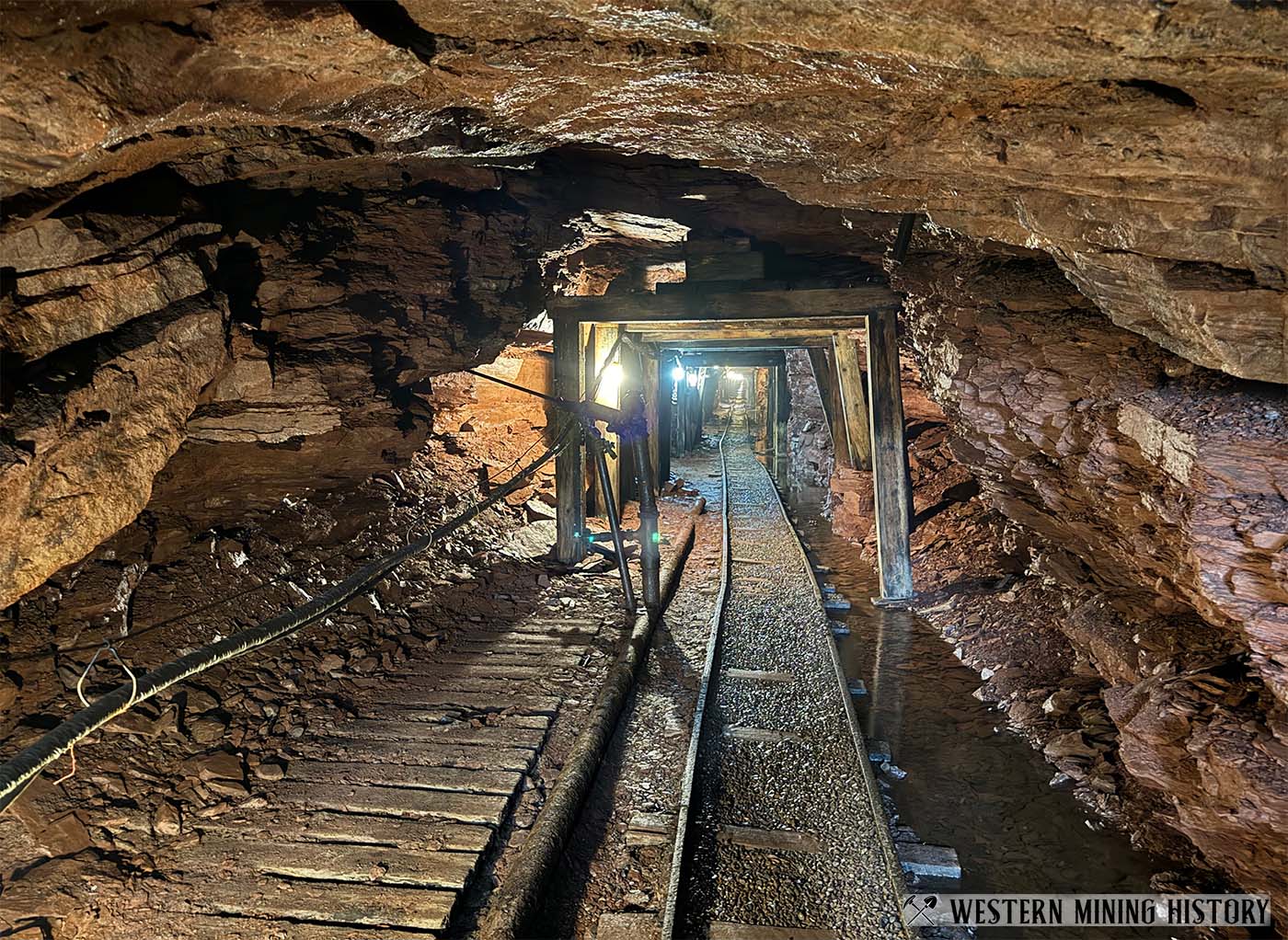
The tour involves walking 10-15 minutes into the Syracuse Tunnel, with the tour guide describing the history of the mine and pointing out interesting geological features in the rock walls. Outside of the tunnel there are many mining artifacts, a blacksmith shop, and a gift shop. Gold panning is also available.
More information: Bachelor Syracuse Mine Tour
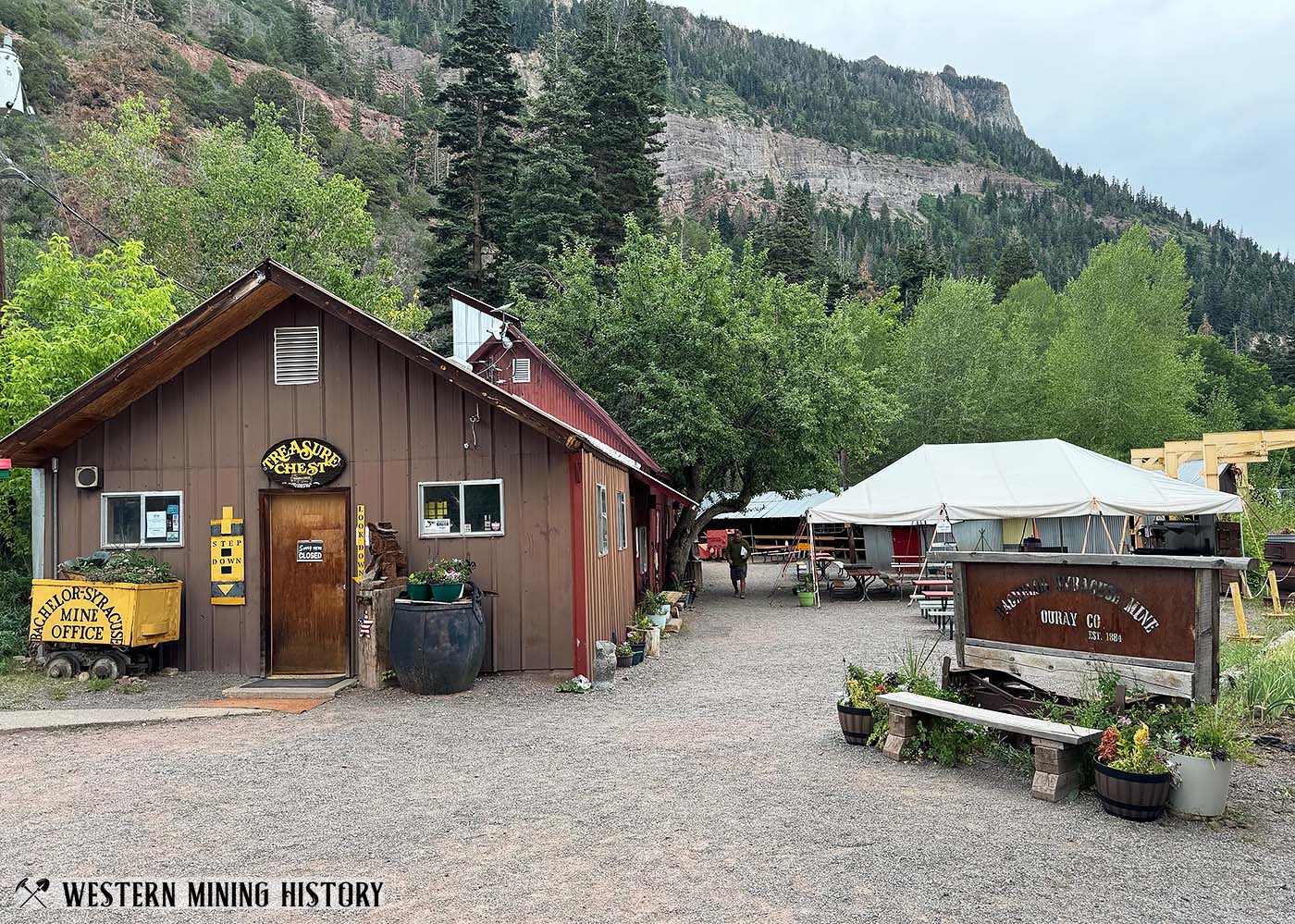
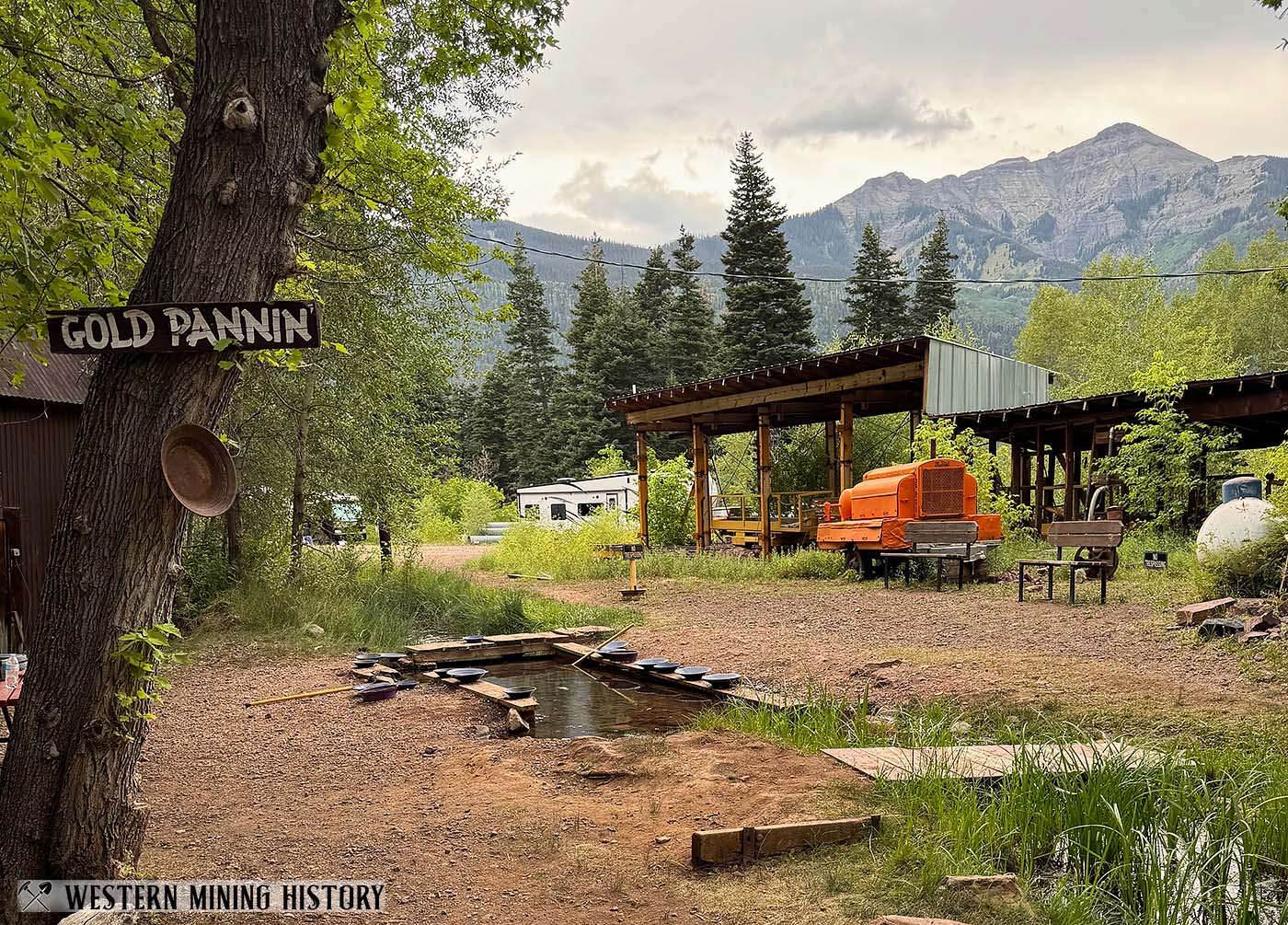
History of the Mine
The Bachelor claim was first filed in 1888 by J.T. Brown and brothers Charley and Alf Armstrong. About a year later Brown sold his interest in the mine to George Hurlburt. The trio developed the mine intermittently as their finances allowed, but without proper capital it was very slow work. In six years they only managed to drive about 500 feet of adit in search of precious-metal bearing ore.
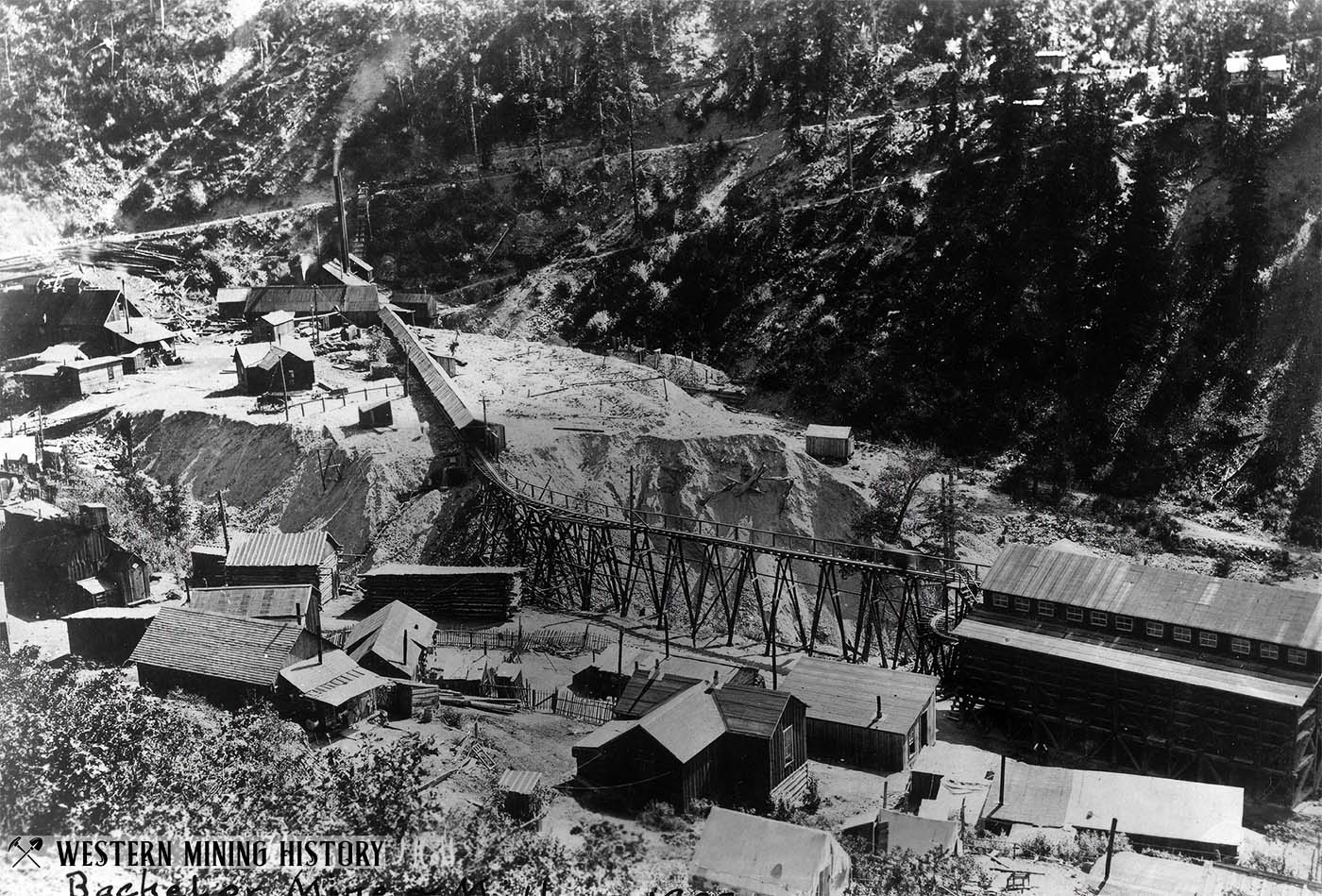
In late 1894, Jesse Frank Sanders bought out Alf Armstrong’s interest in the mine for $2,000 (worth over $70,000 now). This was a large sum at the time for an unproven mine, so Sanders must have had a lot of faith in the future of the property. Shortly after Sanders became a partner, a rich deposit of silver ore was discovered. High-grade ore valued at up to $400 per ton was soon being shipped down the mountain.
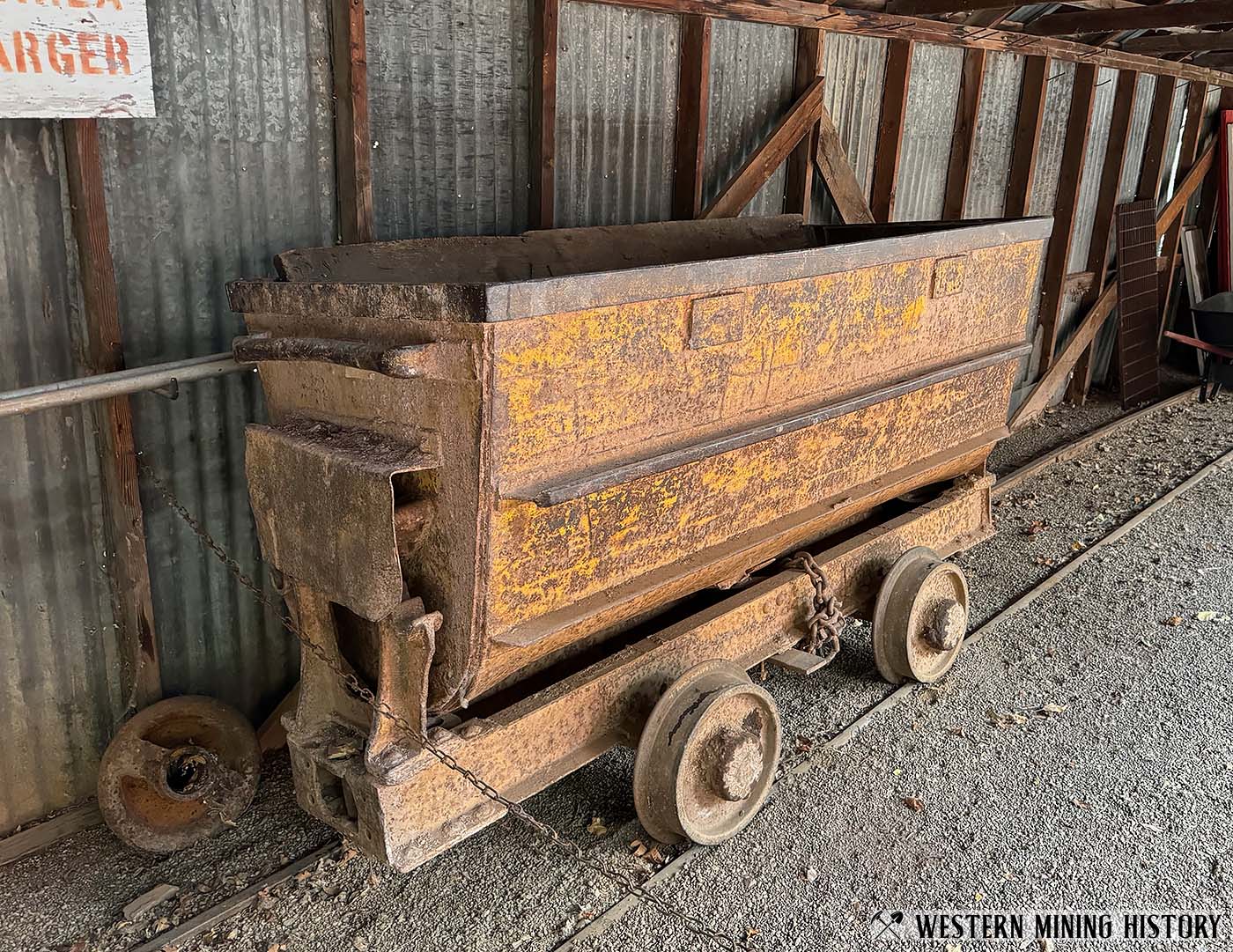
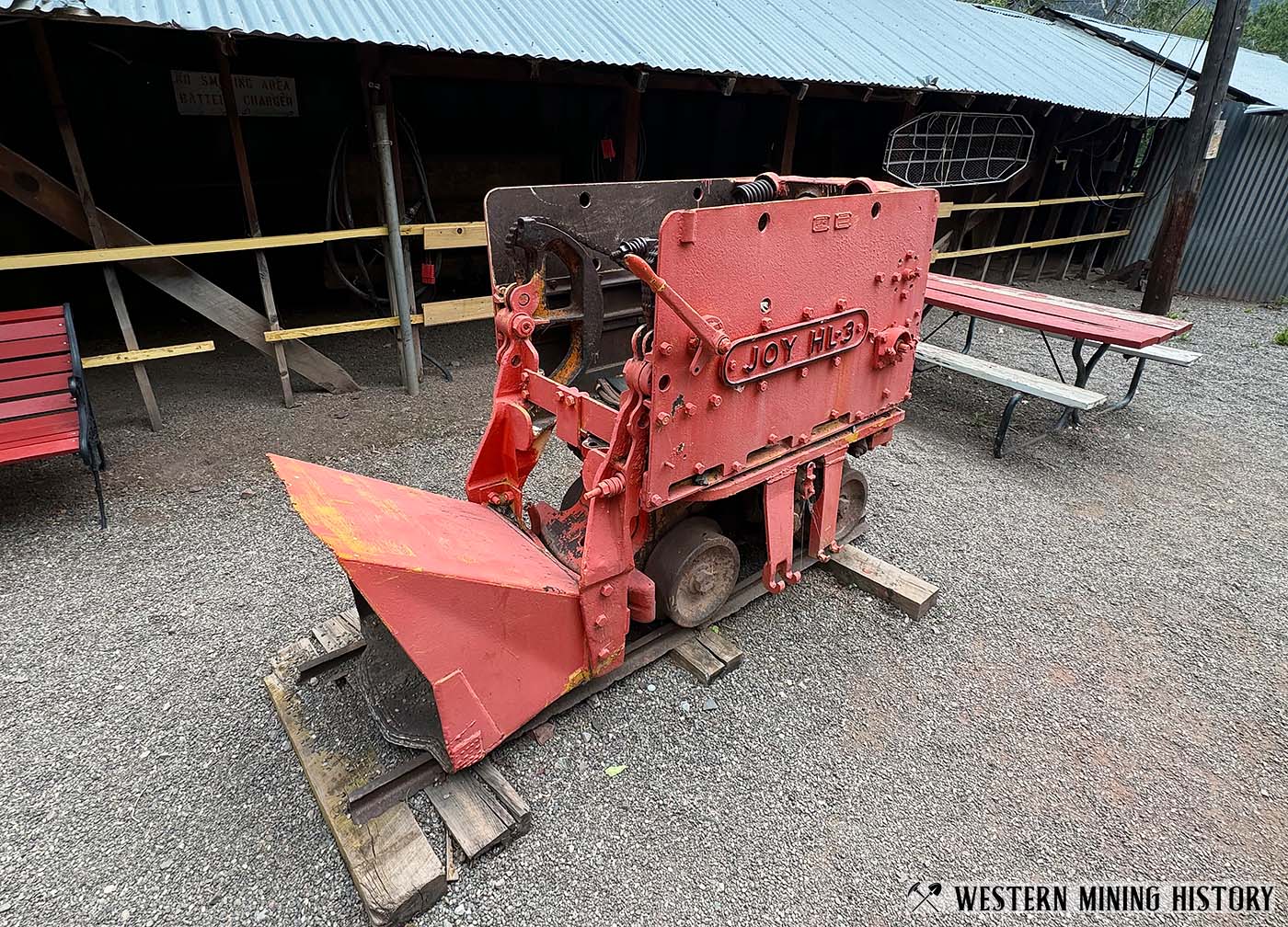
The Bachelor was primarily a silver mine, and despite depressed silver prices that were the result of the 1893 economic crisis, the mine contained rich enough ore that it was still economical to mine. In 1895 it was the largest producer in the Ouray area, and each partner was making a profit of over $10,000 a month.
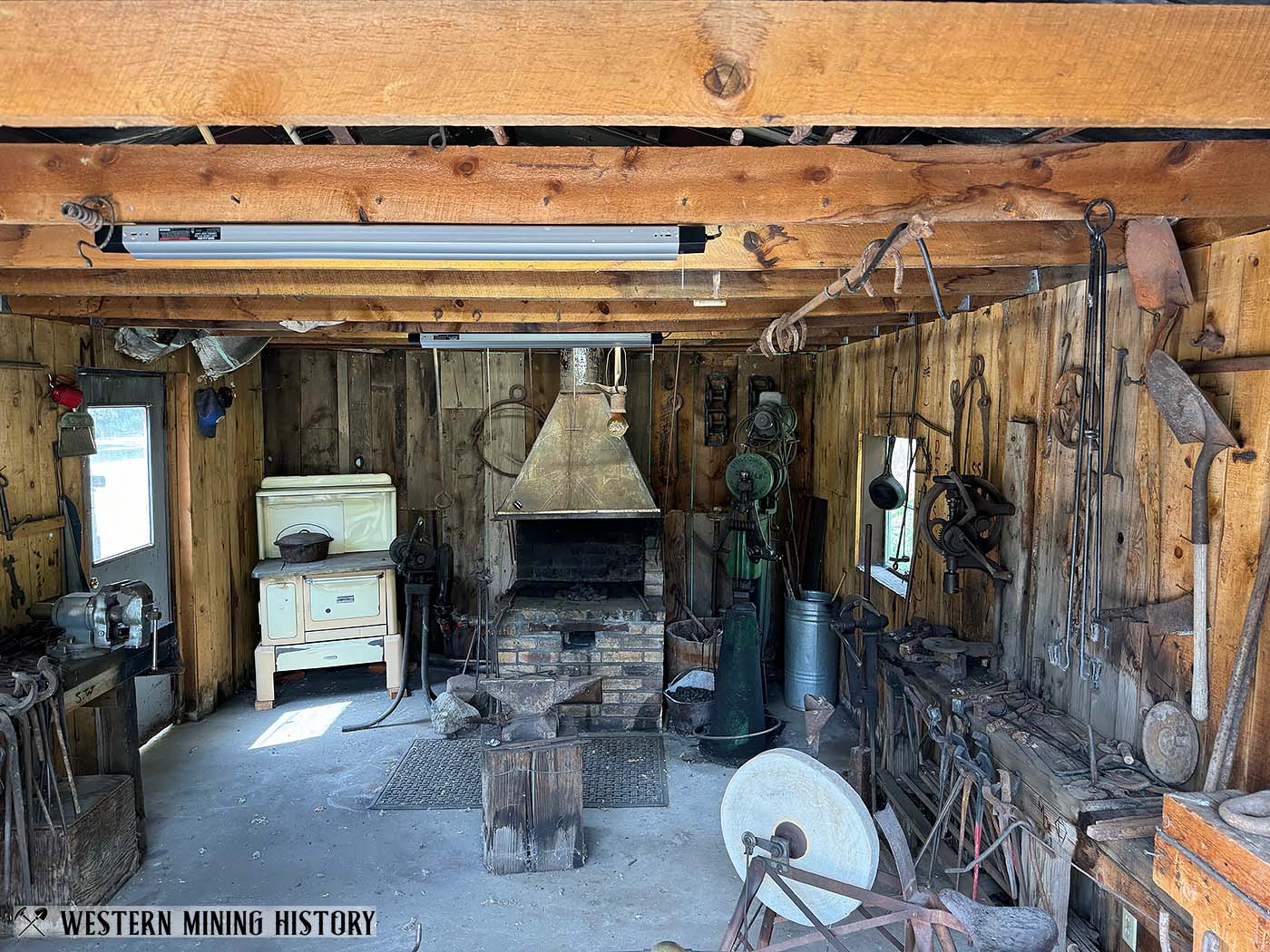
The early bonanza at the Bachelor Mine brought wealth to its owners, but as the high-grade ore was eventually depleted, the excitement of ownership faded. Though large bodies of low-grade ore remained, only Charley Armstrong stayed committed to the venture. He bought out his partners, constructed a mill, and continued mining the lower-grade deposits.
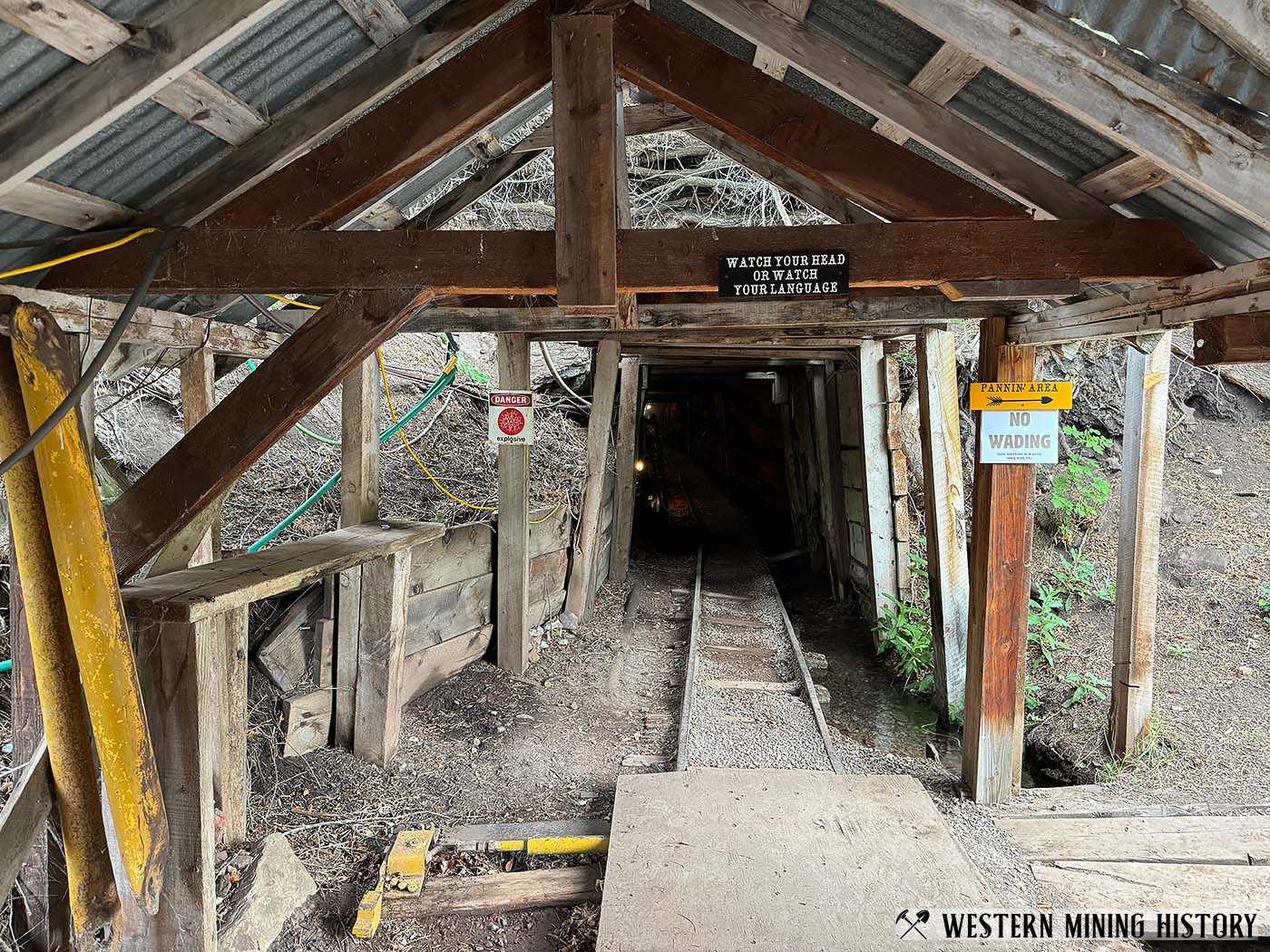
Sometime prior to 1920 Armstrong sold his mine to the American Smelter and Refining Company. It then changed ownership to the Bachelor Consolidated Mining Company, with financial backing from eastern investors. Some of the new investors were from Syracuse, New York, inspiring the name “Bachelor Syracuse.”
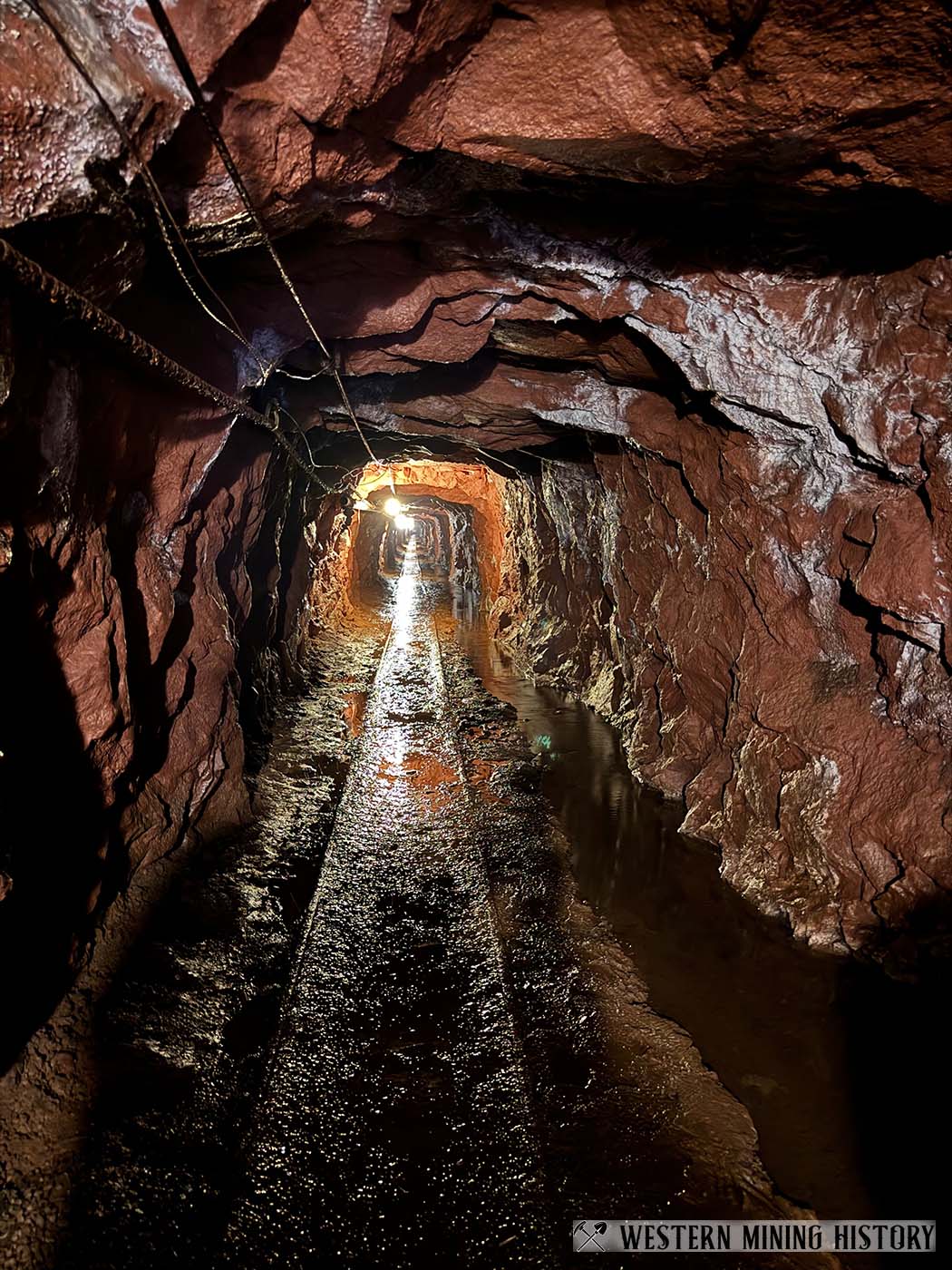
The Syracuse Tunnel was conceived as a way to access the bottom of the Bachelor mine workings, serving to both ease the haulage of ore out of the mine and to dewater the workings. The project commenced in December of 1924, and in June of 1927 the 5,000 foot tunnel intersected the shaft of the mine. Driving the tunnel also resulted in the discovery of new silver veins, and a significant body of manganese ore.
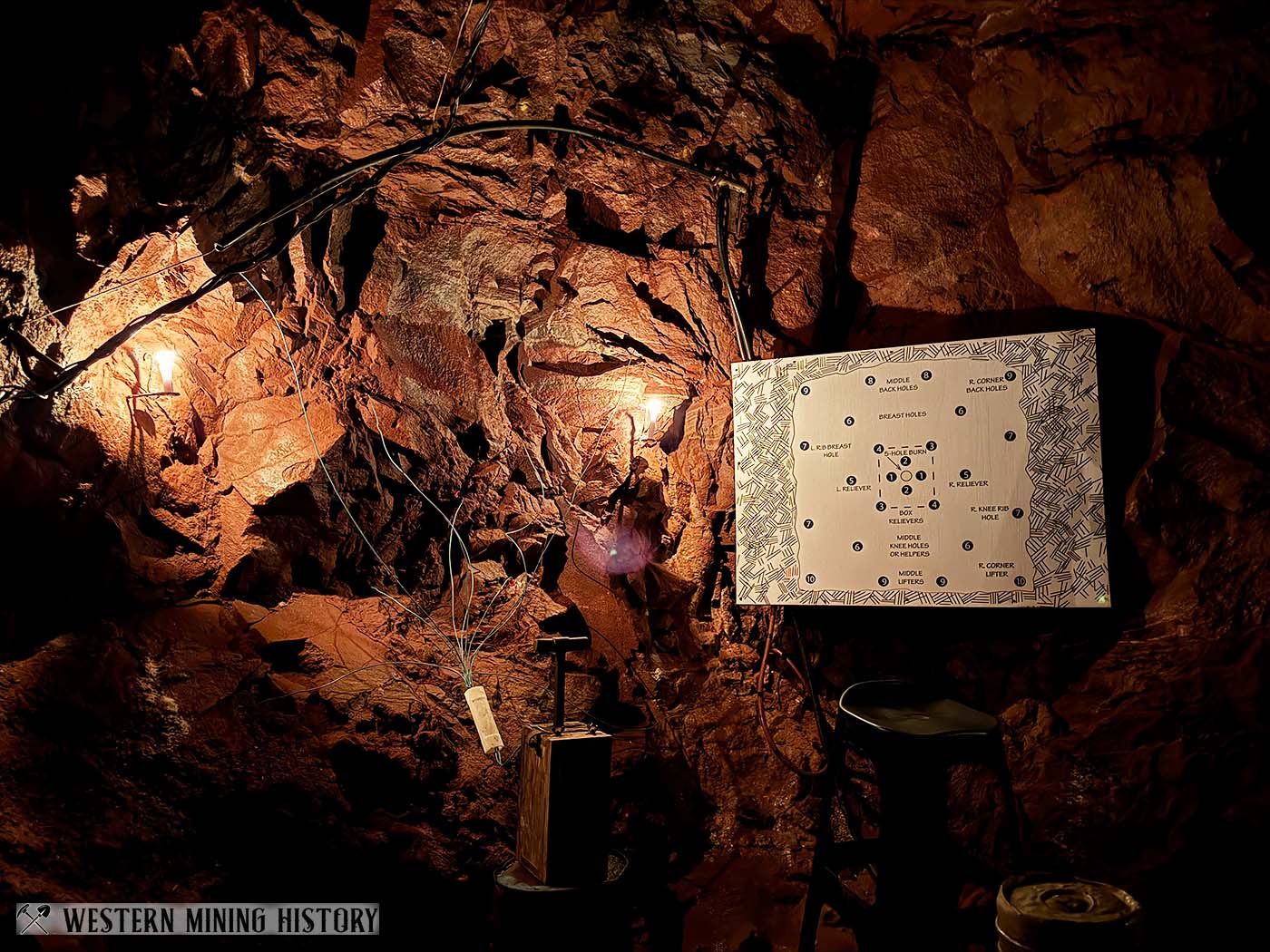
Whether the tunnel project was a financial success is unknown, but less than three years after its completion the mine was sold to the Commodore Mining Co. for $90,000 at a Sheriffs’ sale. One newspaper article from March of 1930 called the mine “practically worthless”. Less than a year after the sale, a rich silver vein was discovered, and the same newspapers that called the mine worthless were now touting it as “the most promising ever located in that region.”
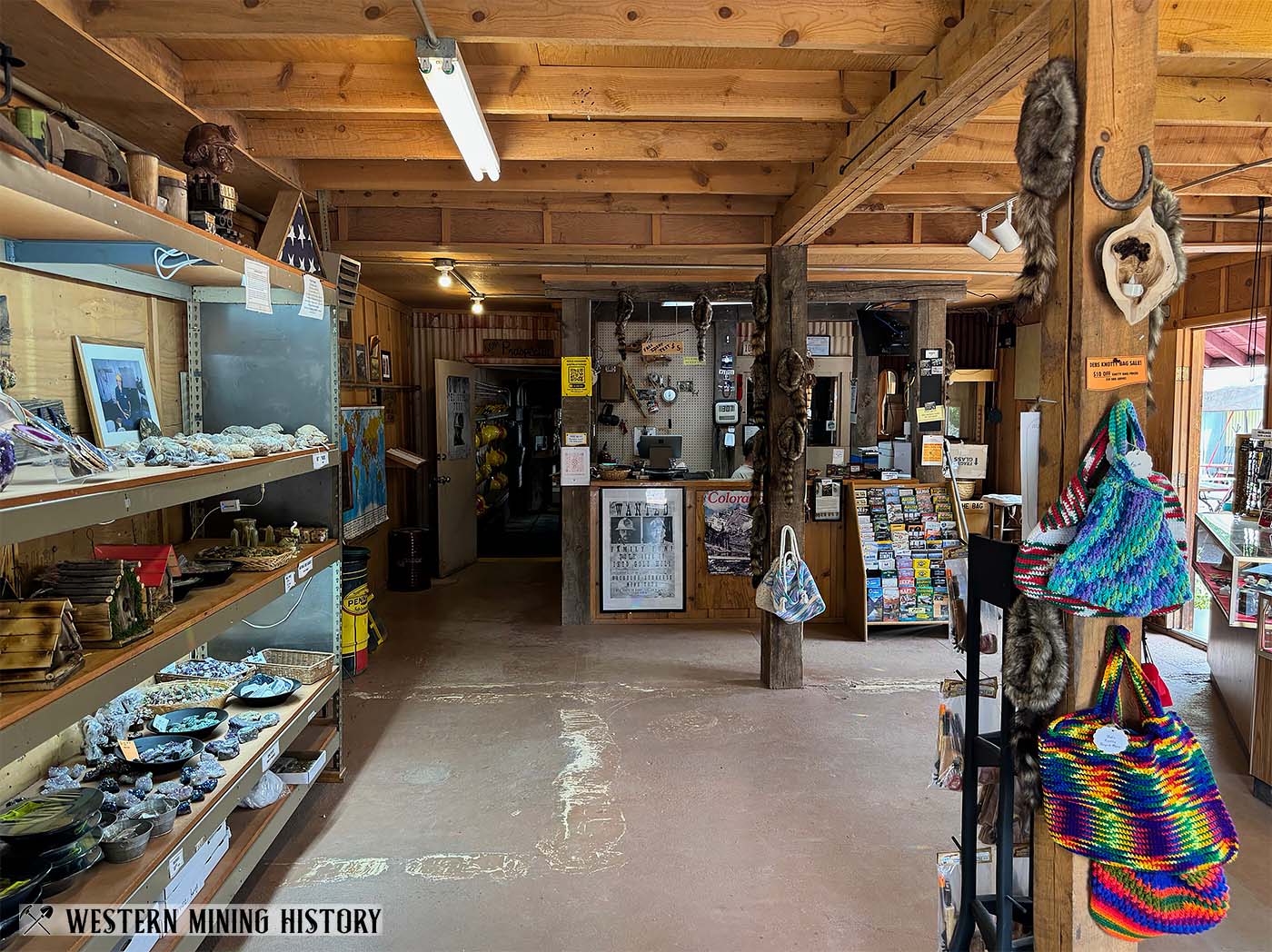
The Bachelor mine was one of the few in the area that continued to operate during the Great Depression. Following World War II, the mine was worked intermittently by leasers. In 1982 the current owner Carl F. Dismant started giving tours of the Syracuse Tunnel during the day, while mining was still going on at night. Today the mine has been silent for a couple of decades, but the tourist business is still going strong.
The Old Hundred Gold Mine Tour
The Old Hundred gold mine traces its history back to the late 1800s and was worked intermittently until the early 1970s. The mine has been closed for decades, however it is now open for tours which offer a unique view into what a working mine was like. Continue Reading
